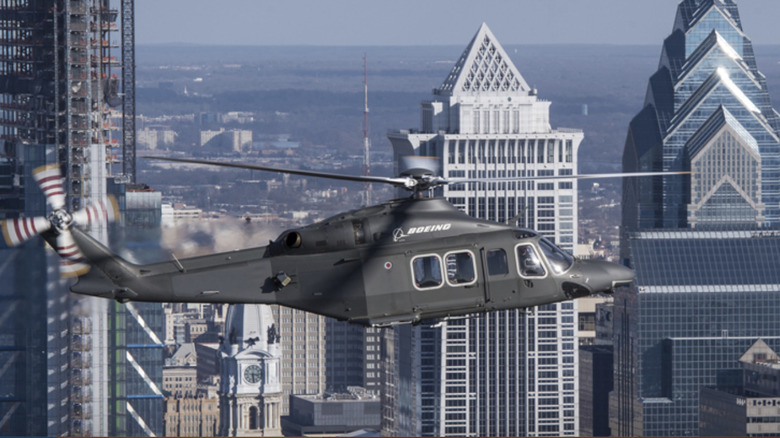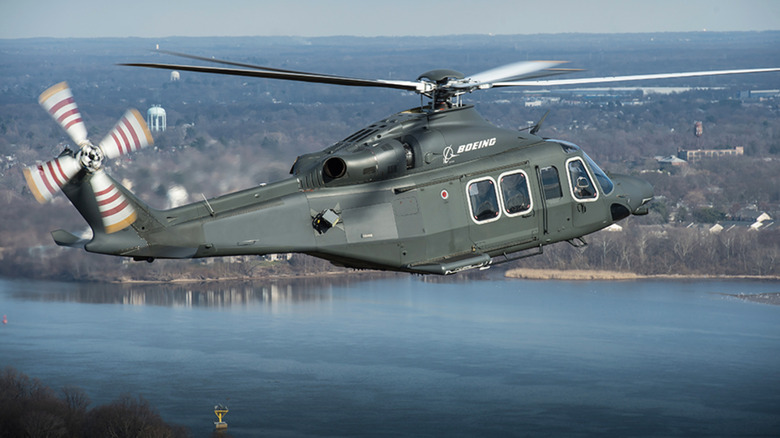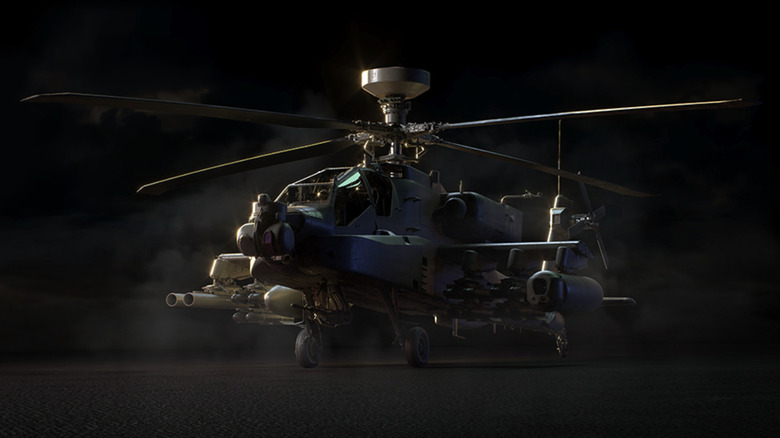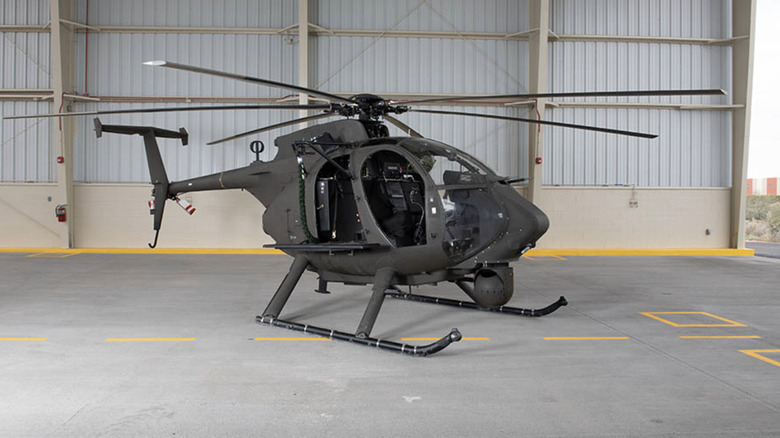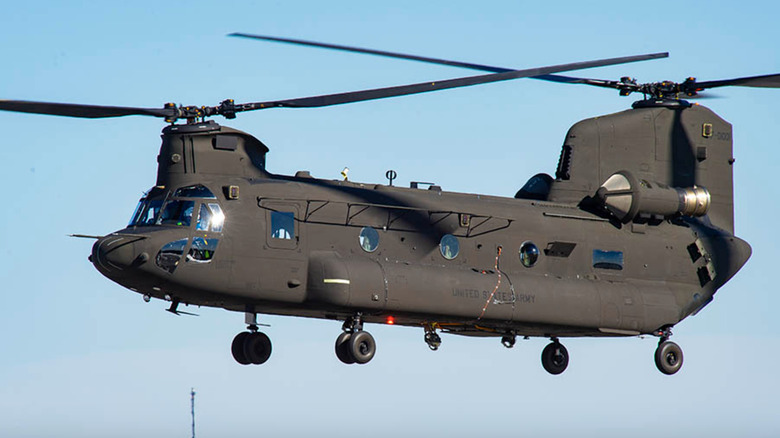Does Boeing Make Helicopters?
Over a century of manufacturing, the global conglomerate Boeing has established dominance as one of the primary designers of commercial aircraft. You may recognize the company for its turbulent descent into scandal since the renown Alaska Airflight 1282 incident involving a Boeing 737 MAX in January 2024. However, before its series of unfortunate mishaps and blunders with passenger jets, Boeing got its start as a manufacturer for the military. Since the 1920s when Boeing began designing fighter planes for the U.S. military during World War I, the company has continued to develop some of the world's most formidable and iconic military aircraft.
Its work with the military has led to the emergence of some truly impressive advancements in aviation technology like the albatross-sized C-17 Globemaster III, which has served as one of the must reliable and versatile aircraft in the military's arsenal. Such a long-term partnership has also served as the ideal springboard for more advanced endeavors including work with NASA for the development of the controversial Boeing Starliner spacecraft. Still, not many people realize that Boeing's line of helicopters have proven just as cutting-edge, if not as well known. Below is a list of some of the iconic helicopters that have launched off of Boeing's assembly line.
MH-139A Grey Wolf
With its utilization of more sustainable materials and longterm dependability, the MH-139A Grey Wolf has not only rapidly risen through the ranks, replacing the standard UH-N1 Huey Fleet, but it has also reportedly saved the U.S. Air Force approximately $1 billion in budgetary costs.
This multi-faceted helicopter has the capacity to serve a variety of operations ranging from search and rescue and medical evacuation, to secondary support for ground missions. Originally the Air Force started the process to replace the Huey Fleet in 2007, but due to a series of delays, budget cuts, and regulatory disputes the military branch then pivoted the $2.3 billion contract to Boeing-Leonardo. Reaching a max speed of 167 at a range of 778 nautical miles, the MH-139A is capable of traversing up to 3 hours without the need to stop and refuel. Additionally, the configuration of the Grey Wolf increases its hauling capabilities up to 5,000 pounds more than it's predecessor and can safely carry up to nine passengers plus equipment.
AH-64E Apache
Since 1984, Boeing's AH-64 has been the crown jewel of combat-ready helicopters. Deploying in Operation Desert Storm in 1991, the Apache has evolved with advanced avionics and a fortified structure, capable of withstanding a broad range of adverse weather and combat conditions.
Thought the course of this model's run, over 2,700 units have been sold not just in the U.S. but to other foreign defense forces including Japan, United Kingdom, and Israel. The "E" variant of the Apache comes equipped with Hellfire missiles, M230 30mm chain guns, and a new internal systems framework called Link 16, which Boeing designed specifically so that this model can be easily reconfigured to integrate future technologies. Additionally, this line of the Apache is propelled by the dynamic T700-GE-701D engine that rockets up to max speeds of 183 miles per hour. The fact that the Apache's internal digital infrastructure is adaptable enough to classify up to 128 potential targets in less than a minute while simultaneously running other sensory, tactical, and directing synced unmanned aerial vehicles makes it Boeing's most in-demand attack helicopter.
AH-6 Little Bird
Building on the foundations set by the AH-64 Apache the AH-6 is essentially its lighter, quicker, more maneuverable doppelgänger. Labeled the "Little Bird," this high-performance helicopter is designed specifically for reconnaissance, close-quarter combat, and extraction. Interestingly Boeing's contract extends beyond the U.S. Air Force toward also manufacturing units for the Thai Royal Army in an effort to modernize their defenses, which was tested in a joint operation in August of this year.
The AH-6 has such an efficient power-to-weight ratio that it can easily attain a climb rate of 2,162 feet per minute and a max service ceiling of 20,000 feet. Despite its compact size this helicopter model is built on an extremely durable framework that includes the latest safety and survivability features for pilot and crew. Moreover, the AH-6 utilizes adaptable components like effective foldable blades so that these units ready-made for any rapid response and urgent deployment incidents that arise.
CH-47 Chinook
Of the Boeing helicopter models detailed in this article, the CH-47 Chinook has had the longest lifecycle, dating back to the '60s running operations in the Vietnam War. Named after the Native American people that inhabited the northwest region of the U.S., this particular model became the workhorse of the military services given its immense size and carrying capacity.
Due to its powerful dual-prop system, this monolithic chopper can haul an average useful load of up to 27,700 pounds. The rear hanger bay door is unobstructed by any of the propellers, further enabling the helicopter to handle difficult maneuvers such as the pinnacle landing used on rough mountainside terrains. Moreover, the Chinook has hook attachments in forward, mid, and rear positions making it easier to carry irregular loads under tough conditions. With an average mission radius of 190 miles, the helicopter's architecture is designed for mid-air refueling which greatly expanding its travel distance. Beyond military operations, the Chinook has proven so versatile that some lines are produced commercially for logging, firefighting, emergency medical evacuation, and aiding in other humanitarian efforts.
